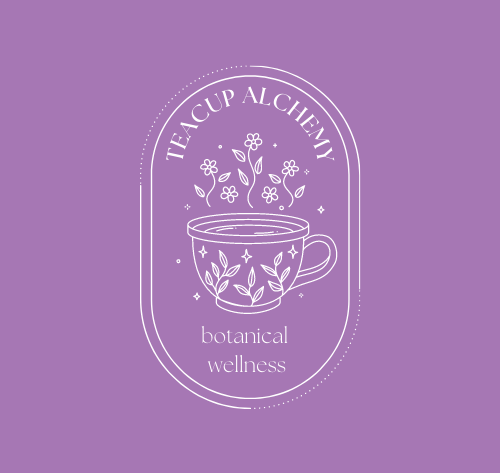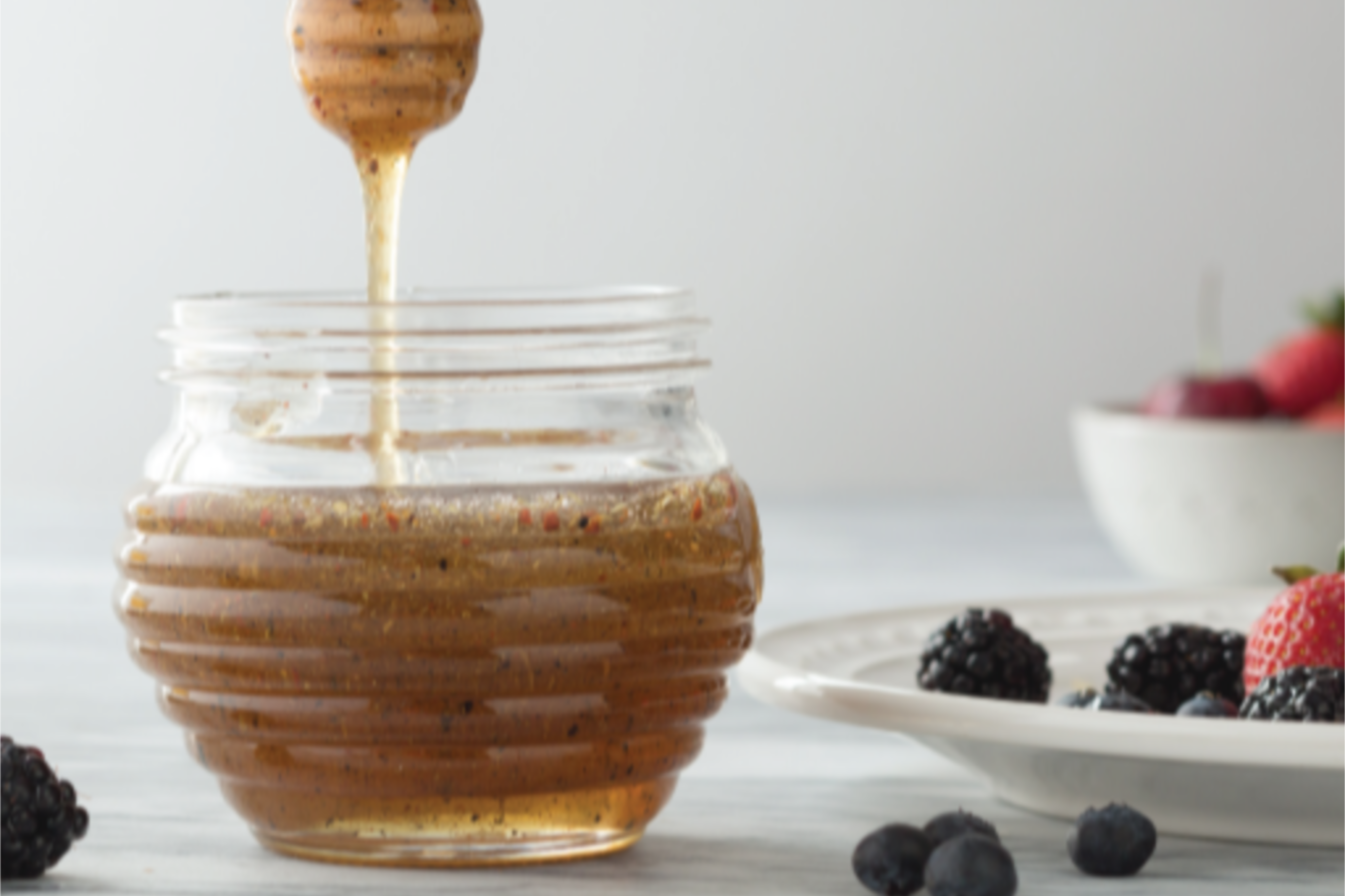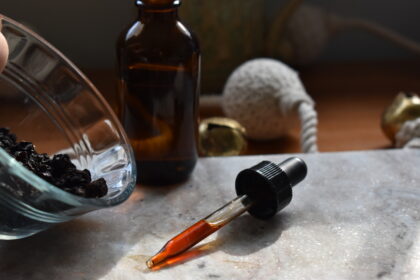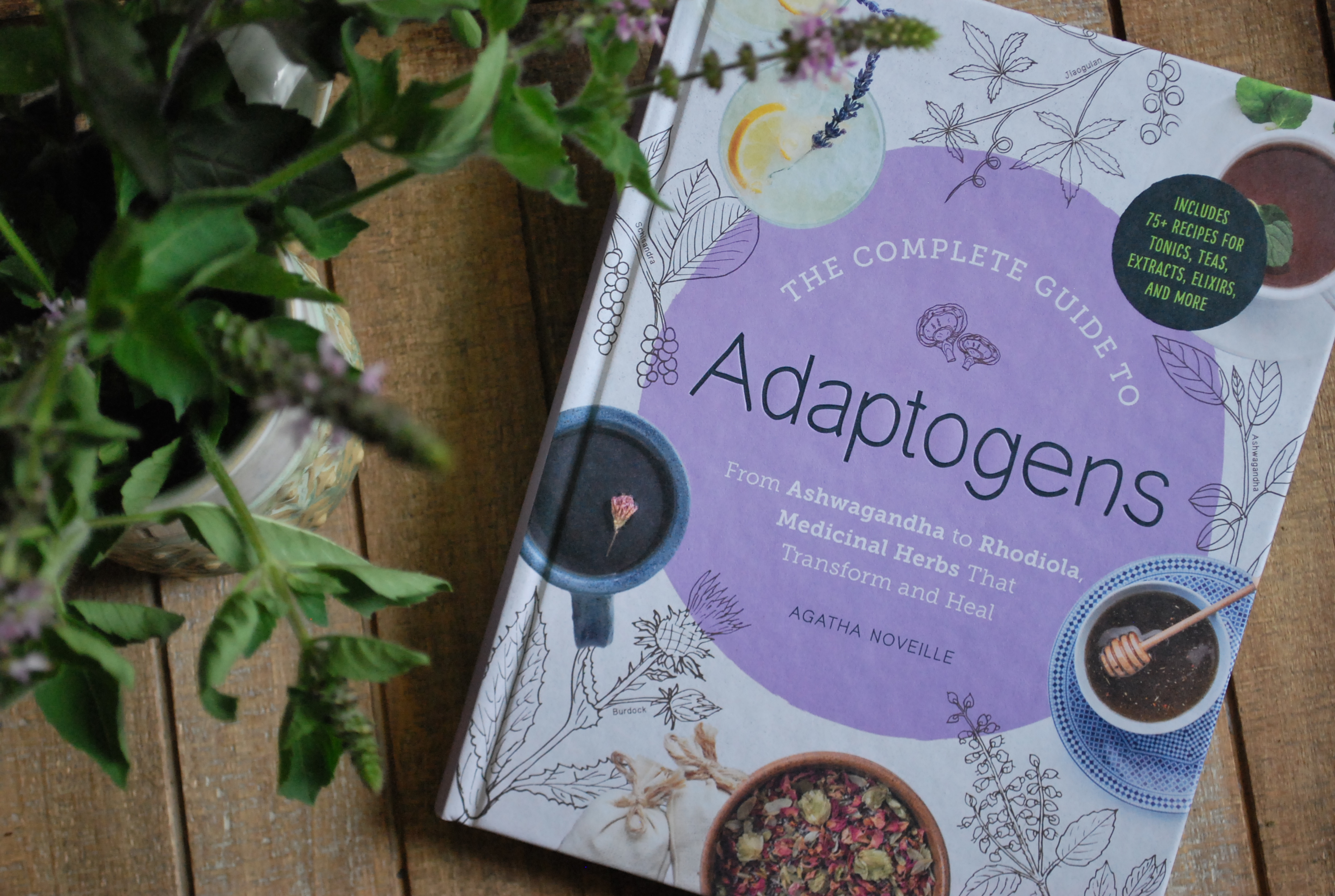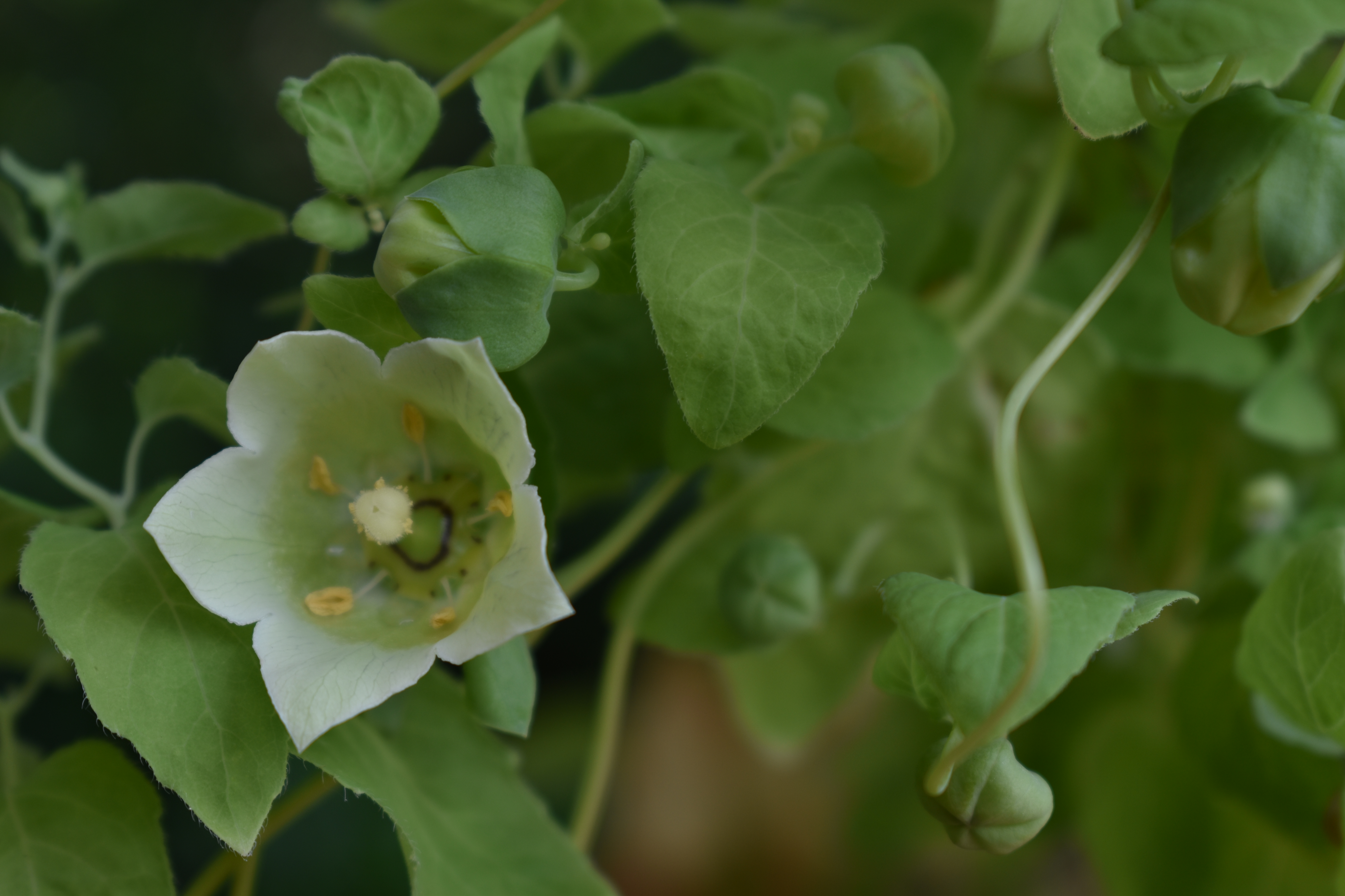Eleutherococcus senticosus is an adaptogen that I especially love for supporting immunity and physical wellbeing. You can find it made into extracts and capsules, but I enjoy working with the simplicity of herbs and water. So for today’s post I’m sharing how to make eleuthero tea.
Eleuthero tea basics
This herb is sometimes called Siberian gingseng, but it’s not a true ginseng. The roots are the part of the plant used by herbalists. Roots need a little special attention to make a good tea. Rather than steep eleuthero root in a teacup, it’s best to simmer the roots in a pot.
This method of preparing tea is called making a decoction.
How much eleuthero root should you use?
I like making a few servings of eleuthero tea at a time. Because the herbs will simmer on the stove, it takes a little more time than the average cup of tea. Making a few cups at a time is more efficient.
I use 1/2 tablespoon of cut and sifted root per cup of water. If I make it with powdered root, I will use 1/2 teaspoon per cup of water instead.
How to make it
Here’s how to make a decoction of eleuthero root. Making eleuthero tea this way gives you a stronger brew with more consistent benefits.
Ingredients
- 4 cups of water
- 2 tablespoons dried, cut and sifted eleuthero root
How to make it
- Place the dried eleuthero and water into a two-quart saucepan.
- Cover the saucepan with a lid and bring the water to a boil.
- Reduce the heat and allow the eleuthero tea to simmer for 15 minutes. Leave the lid on while it simmers.
- Remove the pot from the heat.
- Allow the dried root to steep in the pot for an additional 30 minutes or up to overnight. Once the water has cooled, strain out the herbs and measure the liquid.
- Add water to equal 4 cups.
How to use eleuthero tea
Drink up to
What does eleuthero tea taste like?
A freelance writer and herbalist since 2011, Agatha is dedicated to creating an online reader and listener supported platform supporting her work as an herbalist. Her focus in herbalism includes sustainable agriculture, community wellness and accessibility, and botanical conservation.
